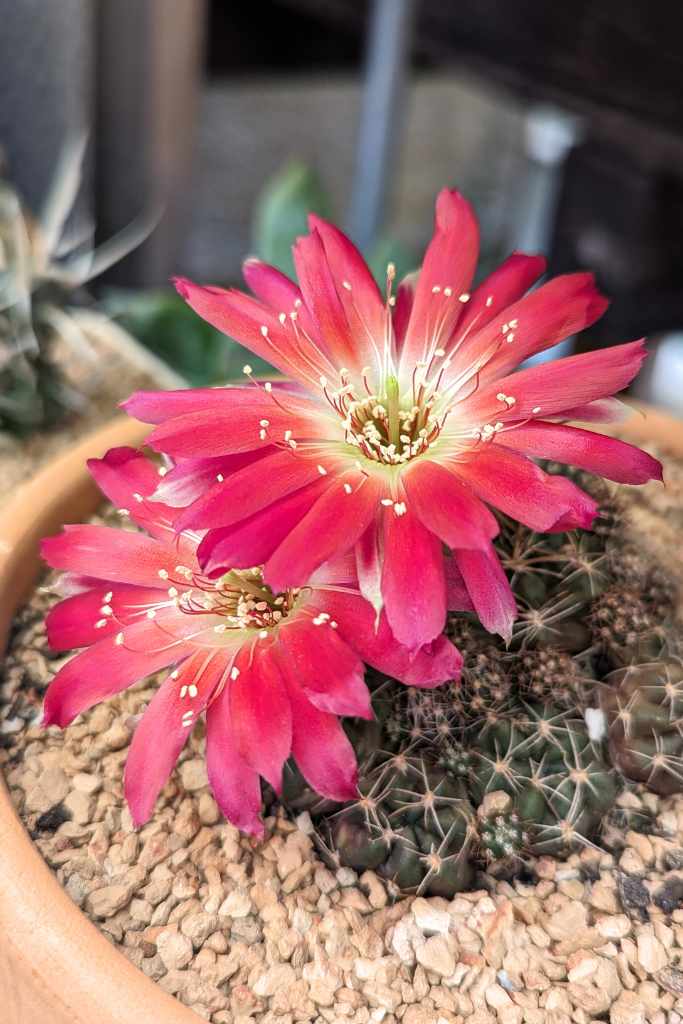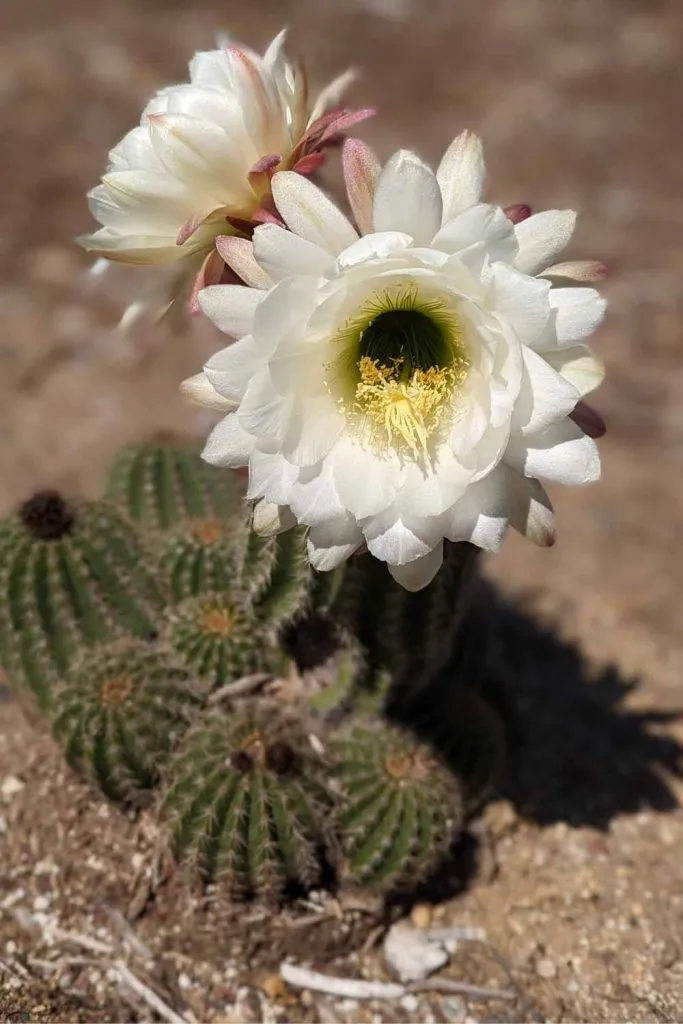
When a cactus blooms is one of the most enchanting, magical moments. The flowers are just that much more beautiful than any other flowers in the botanical world, in my opinion.

But have you ever wondered when in their lifecycle do cacti bloom? In this article, we will delve into the factors that influence cactus flowering and discover the secrets behind this awe-inspiring phenomenon.
Dig in!
Understanding Cacti: Nature’s Survivors
Cacti are unique plants that have adapted remarkably to arid environments. Native to the Americas, these succulents have developed special water storage tissues, spines, and waxy surfaces to conserve water and protect themselves from predators.
Their survival instincts are truly remarkable, making them iconic symbols of resilience and perseverance.

The Magic of Cactus Blooms: Why They Captivate Us
Cactus blooms are captivating because they seem to contradict the harsh environments these plants thrive in. The striking colors and delicate petals that emerge from a spiky cactus create a stunning visual contrast.
The anticipation of witnessing these blooms adds to their allure, making it a highly awaited event for plant enthusiasts and collectors. They’re my absolute favorite kind of flowers over any kind of rose or daisy – hands down.

Cactus Blooming: A Seasonal Showcase
The Blooming Period: When It All Happens
Cacti have specific blooming periods, and the timing varies depending on the species and environmental factors. Generally, most cacti bloom during the warmer months, from spring to late summer.

However, some species bloom during the winter months, surprising us with their resilient nature.
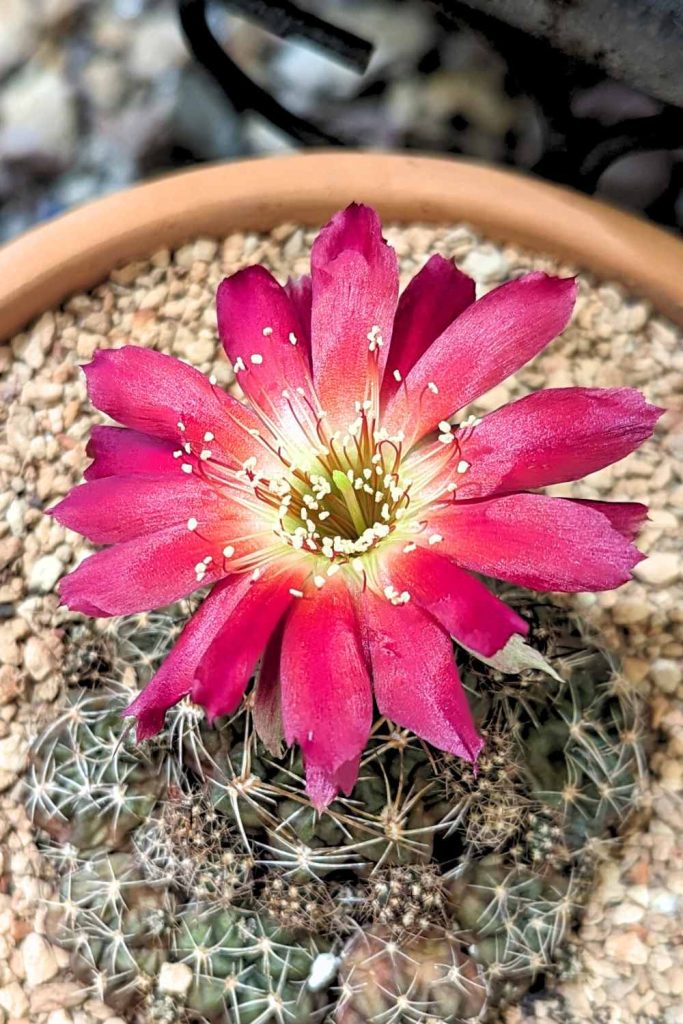
Factors Affecting Cactus Flowering
Several factors influence cactus flowering, including:
- Light and Sun Exposure: Cacti require abundant sunlight to trigger blooming. Placing them in bright, sunny locations is crucial for flowering.
- Watering Practices: Overwatering or underwatering can hinder blooming. Striking the right balance is essential.
- Temperature and Climate Considerations: Cacti flourish in warm temperatures. Sudden changes in climate can impact their blooming patterns.
- Soil and Nutritional Requirements: Well-draining soil with essential nutrients is necessary for healthy flower development.
- Pruning and Repotting: Pruning and repotting cacti at the right time can promote blooming.
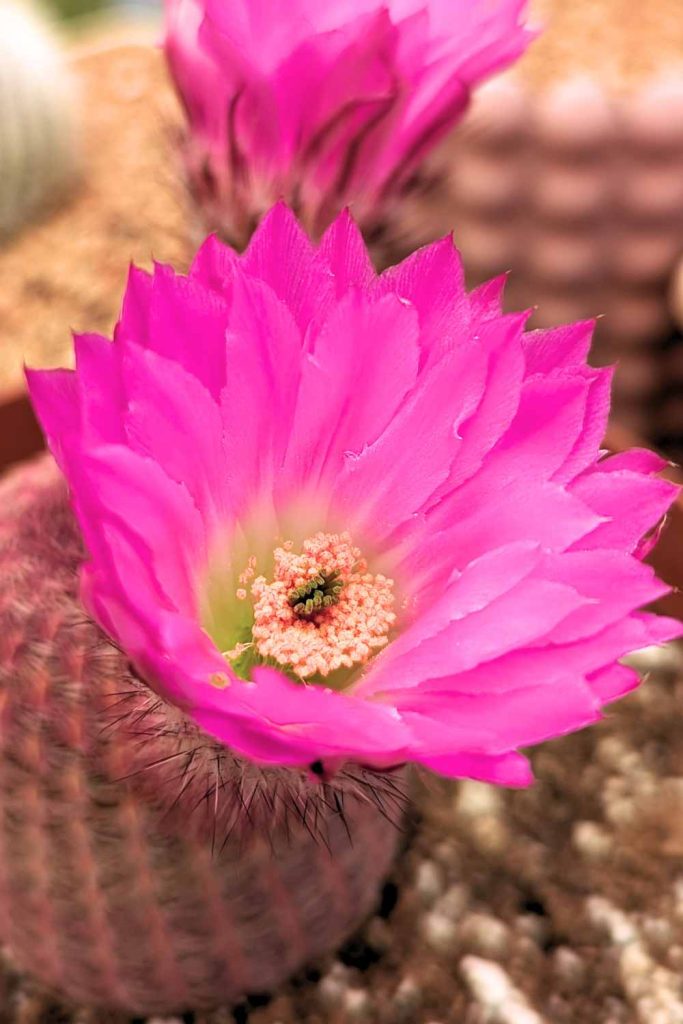
Types of Cacti and Their Blooming Patterns
There are two primary types of cacti concerning blooming periods: day-blooming and night-blooming cacti.
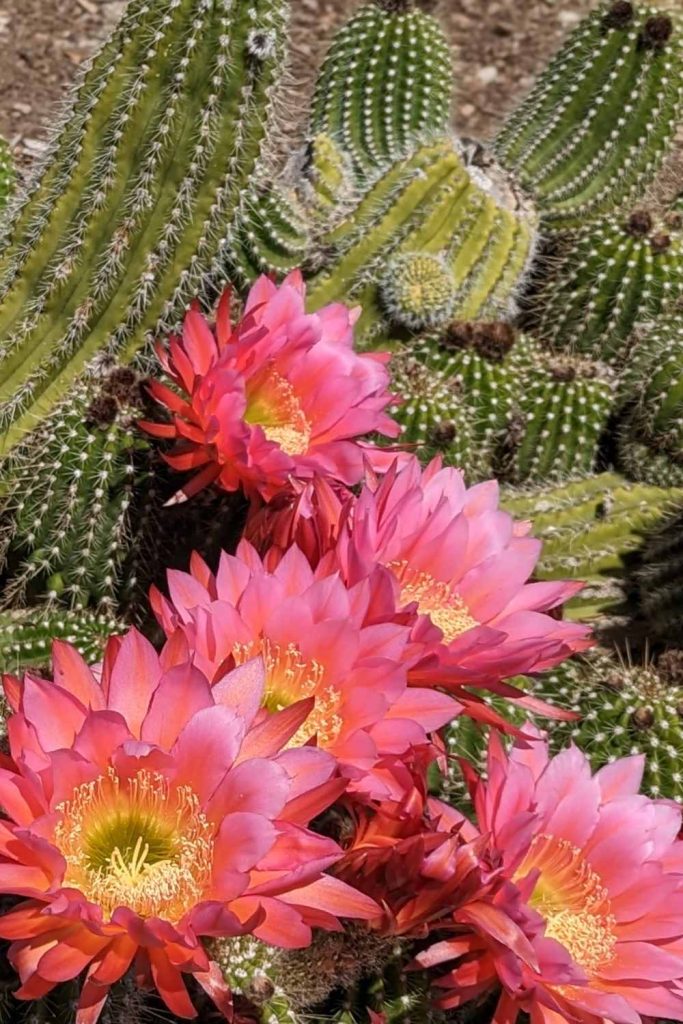
Day-Blooming Cacti
Day-blooming cacti, as the name suggests, showcase their flowers during daylight hours. These blooms are often pollinated by bees, butterflies, and birds.
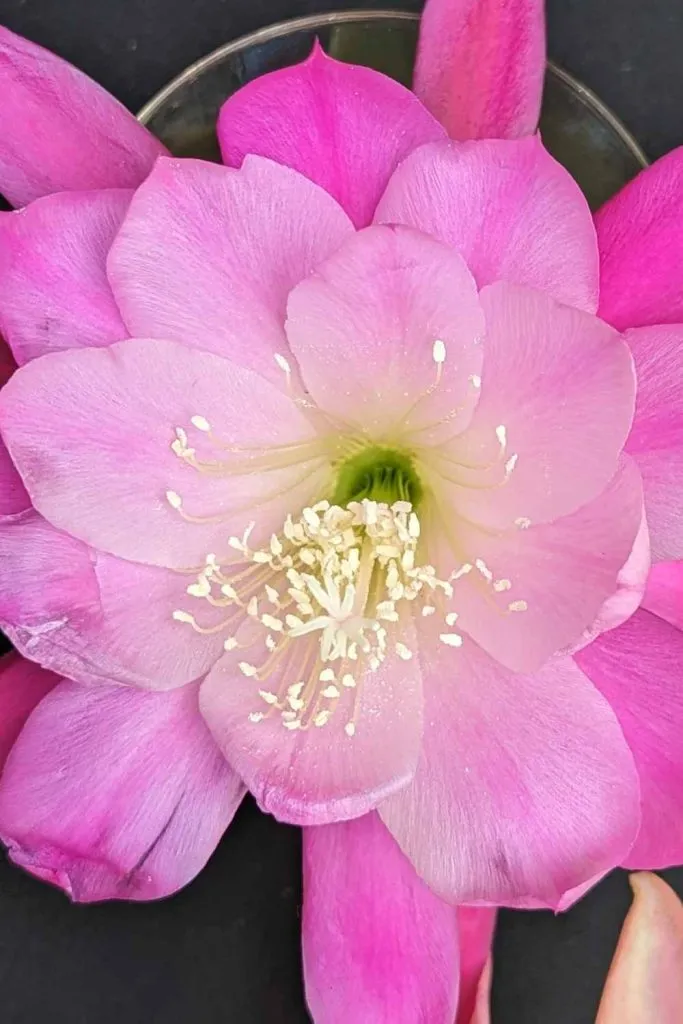
Night-Blooming Cacti
On the other hand, night-blooming cacti remain dormant during the day and bloom exclusively at night. These flowers attract nocturnal pollinators, such as moths and bats.
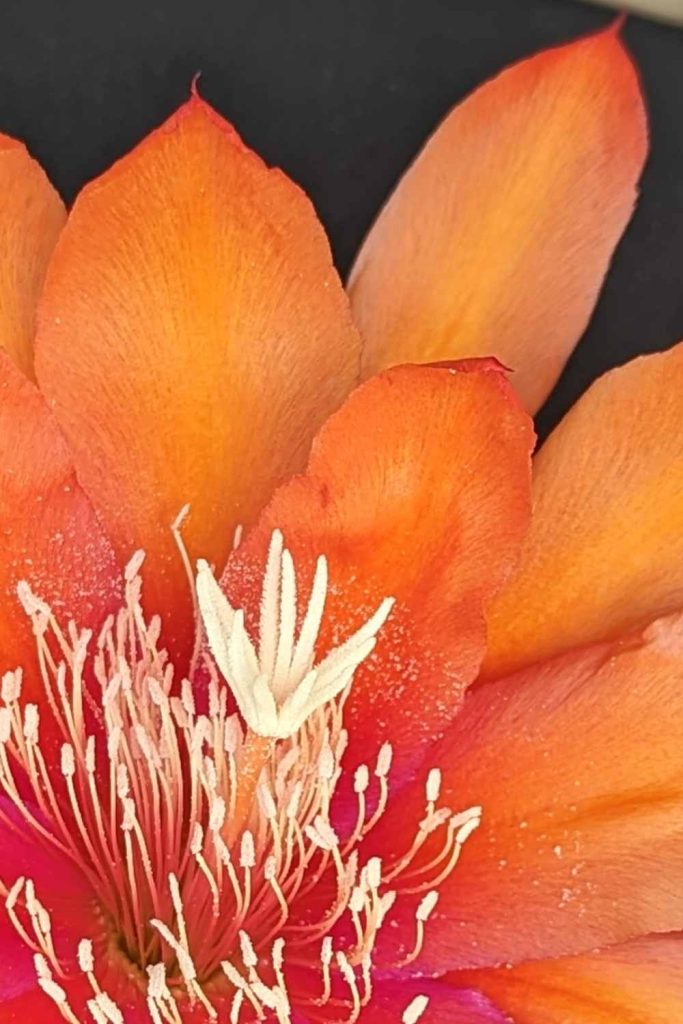
Epiphyllum Cacti: The Queen of the Night
Epiphyllum, also known as orchid cactus, is a remarkable night-blooming cactus known for its large and fragrant flowers.
The breathtaking display of these flowers during the nighttime is a must-see for any gardening enthusiast.

Common Misconceptions about Cactus Blooms
There are several misconceptions surrounding cactus blooms that are worth addressing to dispel any confusion.
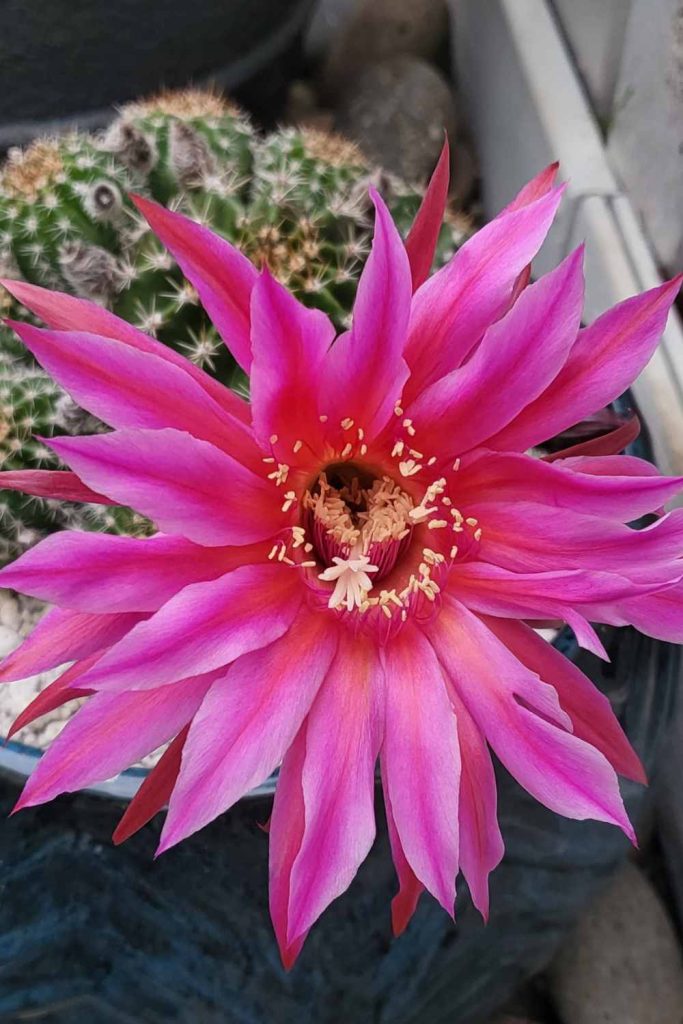
Do All Cacti Bloom?
Contrary to popular belief, not all cacti produce flowers. Some cacti species are known for their impressive growth and unique shapes, but they may never bloom in their lifetime.
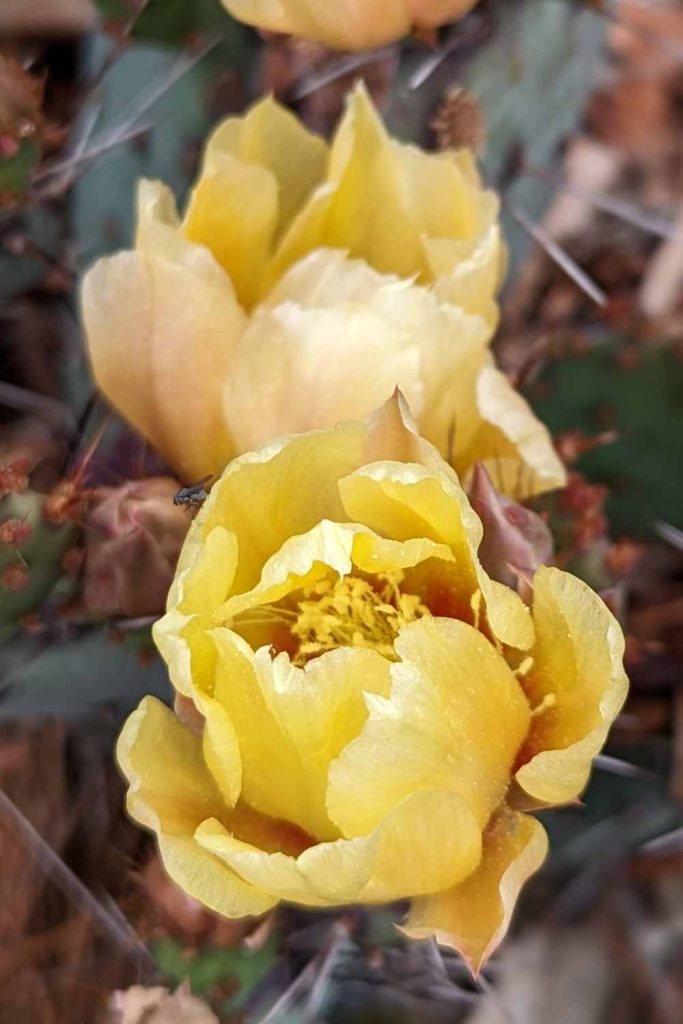
Will a Cactus Bloom Indoors?
Yes, cacti can bloom indoors if provided with sufficient sunlight and proper care.
Choosing the right species and providing the appropriate conditions are key to encouraging indoor blooming.

Do Cacti Bloom Every Year?
Cactus blooming is influenced by various factors, including species, environmental conditions, and the cactus’s age.
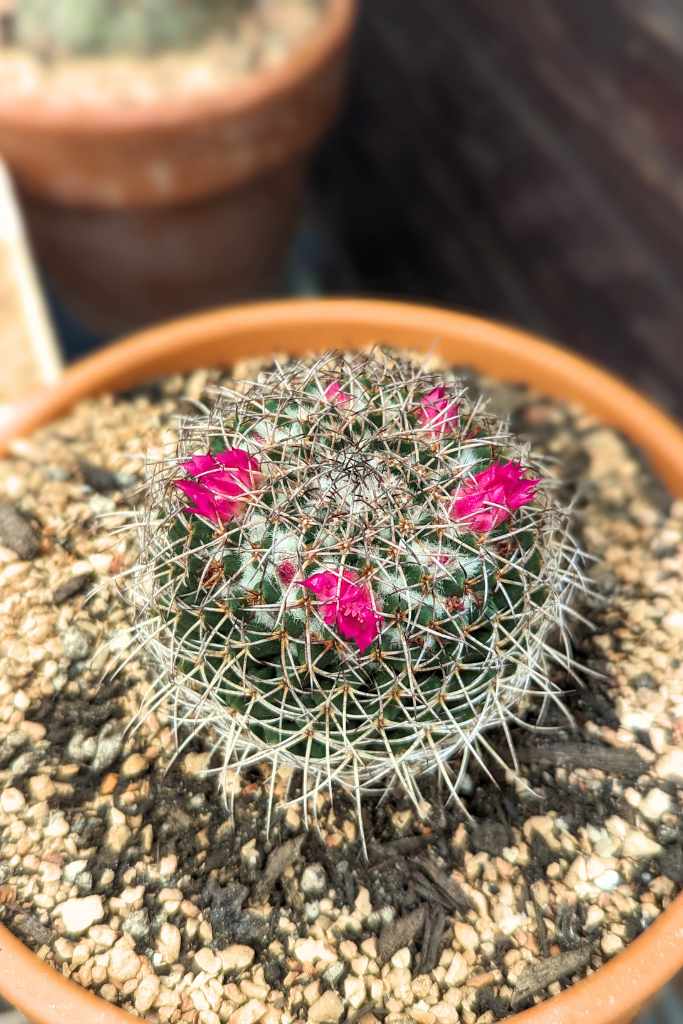
While some cacti bloom annually, others may have irregular or less frequent flowering patterns.

How Long Do Cactus Blooms Last?
The duration of cactus blooms varies depending on the species.
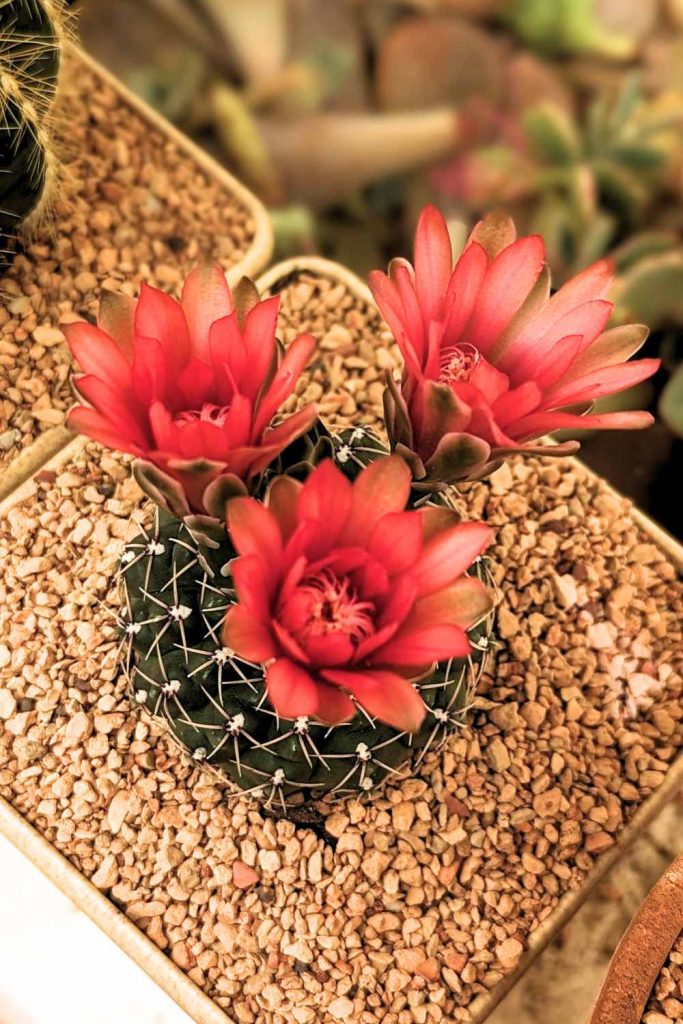
Some cacti produce flowers that last for only a day or two, while others may have blooms that endure for several weeks.
Why Do Cactus Flowers Only Last a Day?
Cactus flowers are known for their brief but stunning displays. While it can be disappointing to see these beautiful blooms fade so quickly, there are several reasons why cactus flowers often last only a day. Understanding these reasons can help you appreciate the unique nature of these fascinating plants.
Adaptation to Harsh Environments
Cacti are adapted to survive in some of the harshest environments on Earth, such as deserts. These conditions include extreme temperatures, intense sunlight, and limited water availability. The brief flowering period is an evolutionary strategy to conserve energy and resources. By blooming for just a short time, cacti minimize the loss of water and reduce the risk of damage from the harsh environment.
Pollination Strategy
Cactus flowers have evolved to attract specific pollinators, such as moths, bats, or bees. These pollinators are often most active during certain times of the day or night. By synchronizing their flowering period with the activity patterns of their pollinators, cacti maximize their chances of successful pollination. Once pollination occurs, the flower’s purpose has been fulfilled, and it can quickly fade to conserve the plant’s energy.
Energy Conservation
Producing and maintaining flowers requires a significant amount of energy. For cacti, which often live in nutrient-poor soils, conserving energy is crucial for survival. By limiting the flowering period to just a day, cacti can redirect their energy towards other vital functions, such as growth and water storage.
Rapid Reproduction Cycle
Cacti often have a rapid reproduction cycle due to their brief flowering period. This quick cycle ensures that they can reproduce efficiently and effectively within the short windows of favorable environmental conditions. It also allows cacti to produce seeds quickly, increasing their chances of survival and propagation.
Protection from Predators
Short-lived flowers reduce the exposure time to potential predators, such as insects or animals that might feed on the blooms. By blooming and withering quickly, cacti decrease the likelihood of their flowers being damaged or eaten, ensuring that more flowers remain intact for pollination.

Perfect for Pollinators
Cactus flowers are not only visually appealing to humans but also serve as an essential food source for pollinators.
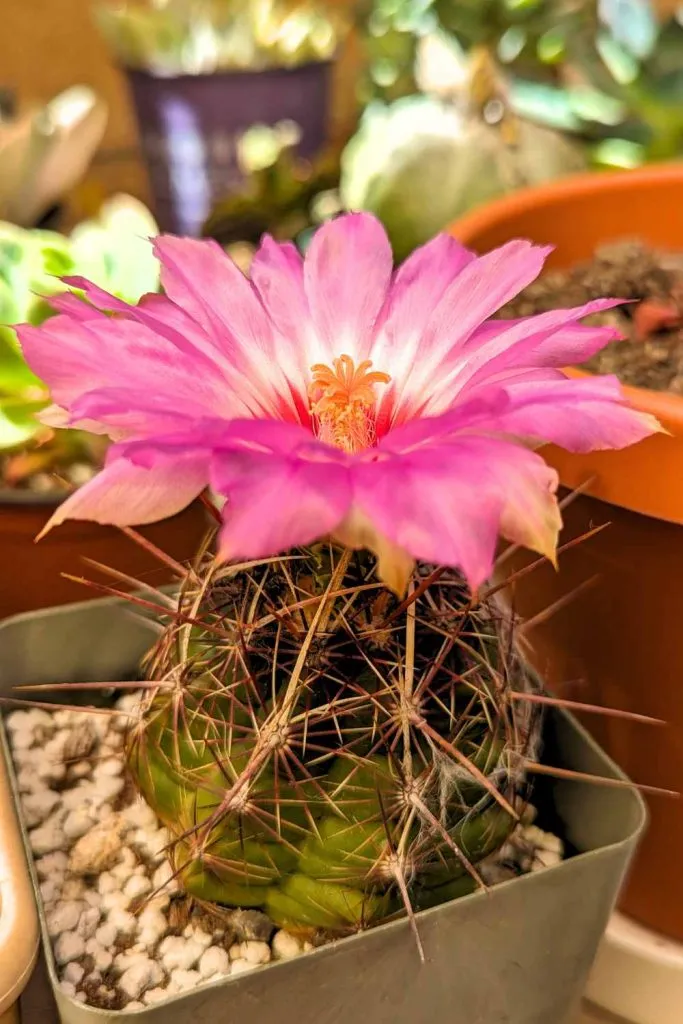
Bees, butterflies, birds, and bats are among the many creatures attracted to cactus blooms.
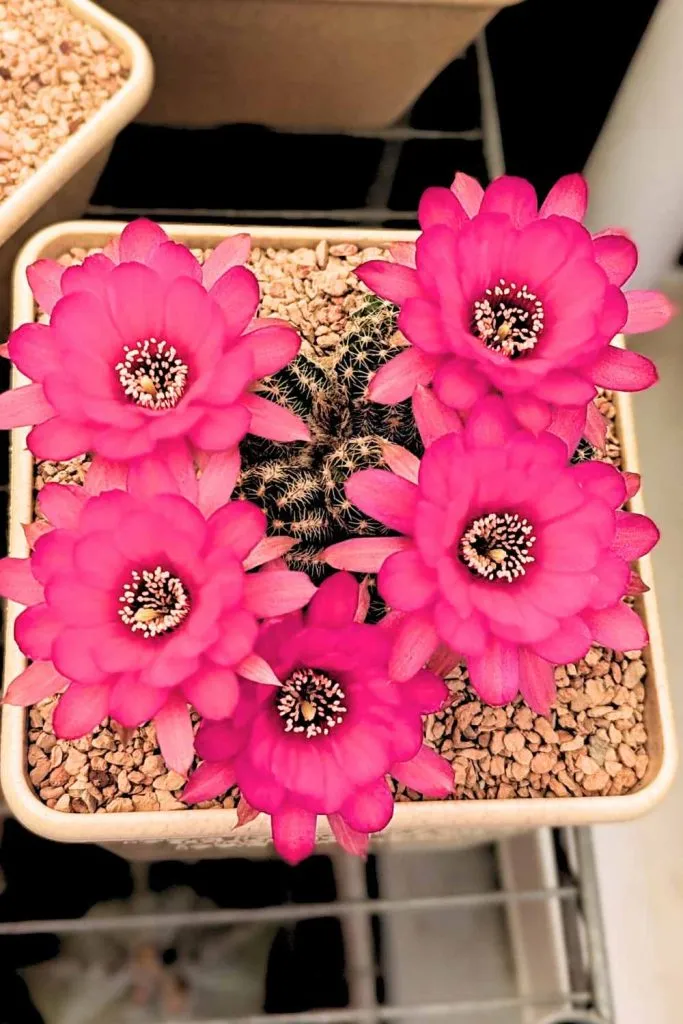
The mutual relationship between cacti and pollinators plays a vital role in the reproduction and survival of these unique plants.
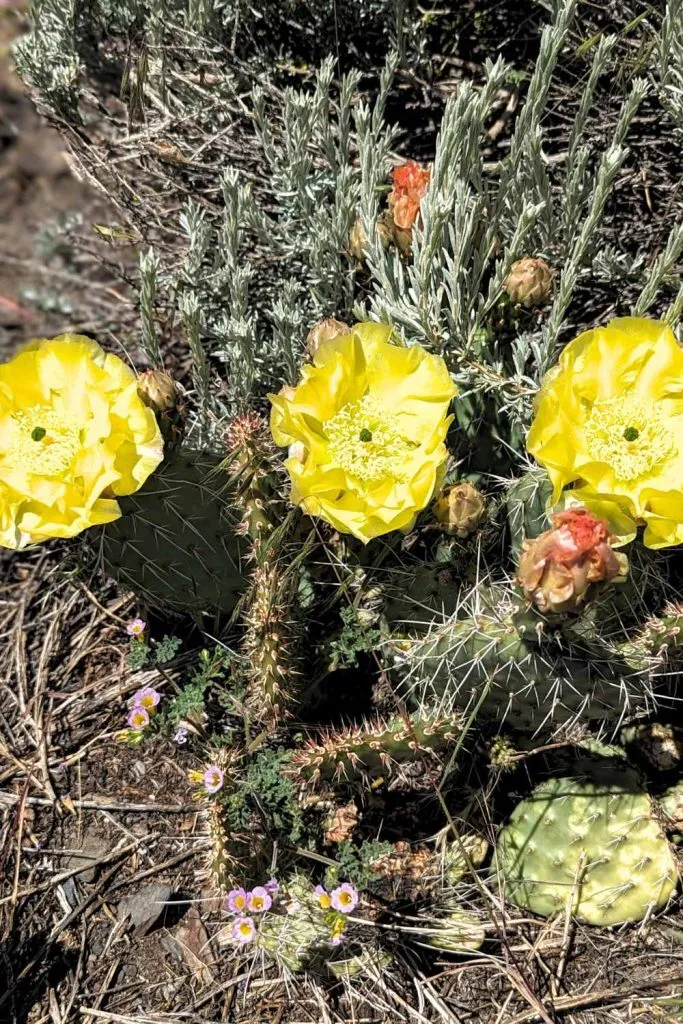
Cactus blooms are not only breathtakingly beautiful but also a testament to the resilience and adaptability of these incredible plants.

Understanding the factors that influence their flowering and caring for them accordingly allows us to witness nature’s artistry at its finest.
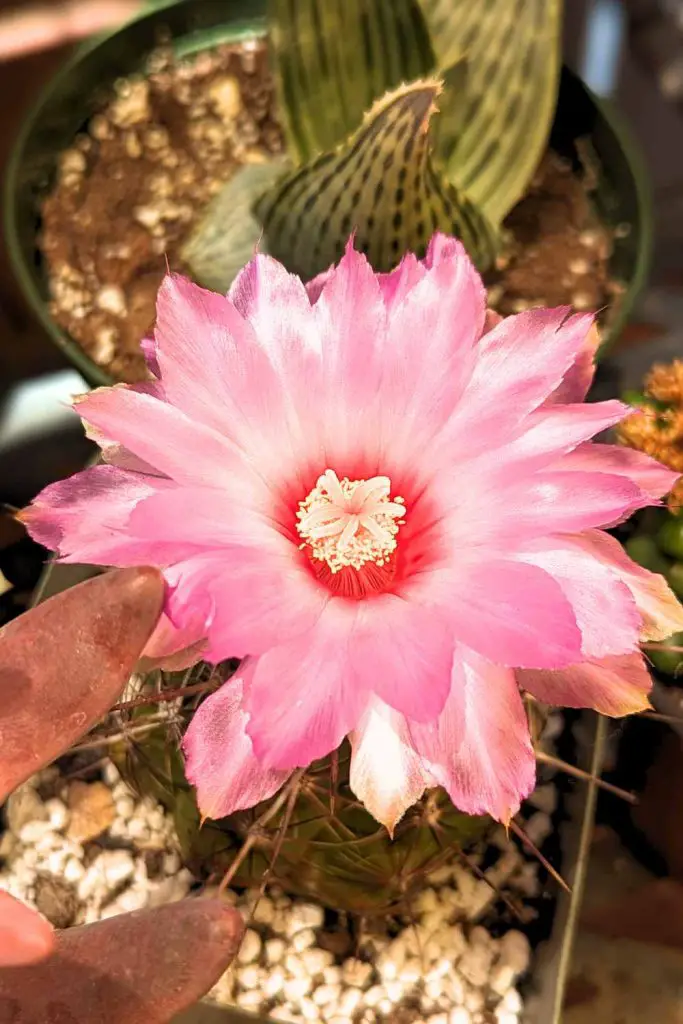
Whether day-blooming or night-blooming, cactus flowers continue to captivate us, serving as a reminder of the wonders that the natural world has to offer.

Frequently Asked Questions (FAQs)
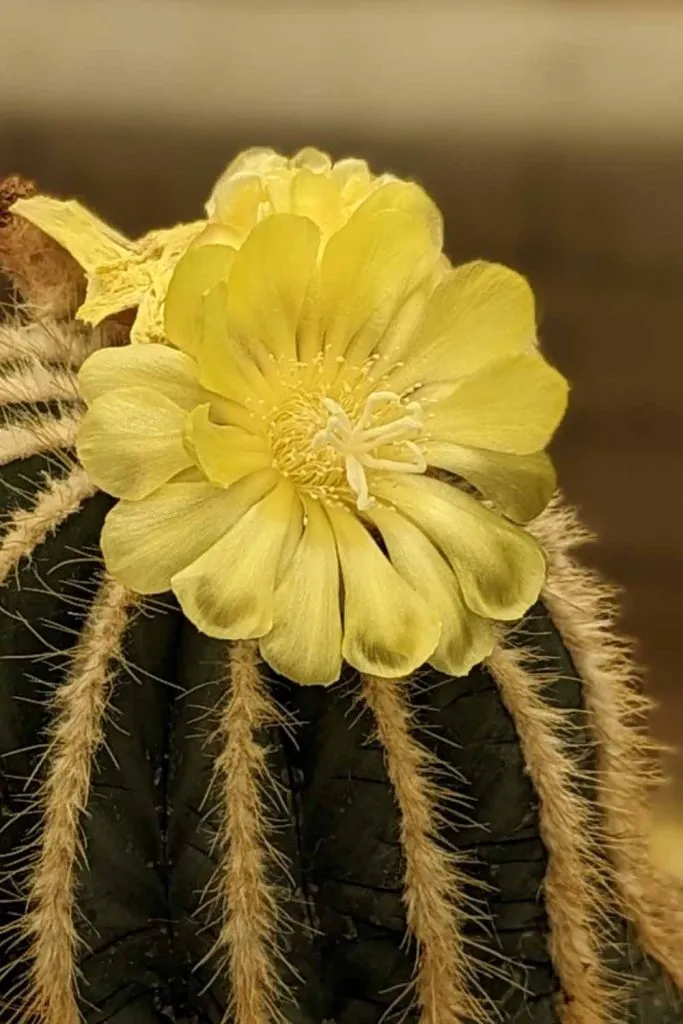
How often do cacti bloom?
Cacti generally bloom once a year, but the timing can vary depending on the species and environmental conditions.

Can I force my cactus to bloom?
While you cannot force a cactus to bloom, providing optimal growing conditions can encourage blooming.

Why is my cactus not blooming?
Several factors, such as insufficient sunlight, improper watering, or unsuitable temperatures, can prevent a cactus from blooming.

What do I do if my cactus is not flowering?
If your cactus is not flowering, review its care routine, ensure it receives adequate sunlight, and adjust watering practices if necessary.

Are cactus flowers edible?
Many cactus flowers are edible and can be used to add unique flavors and colors to various dishes. However, make sure to verify the edibility of the specific species before consumption.
